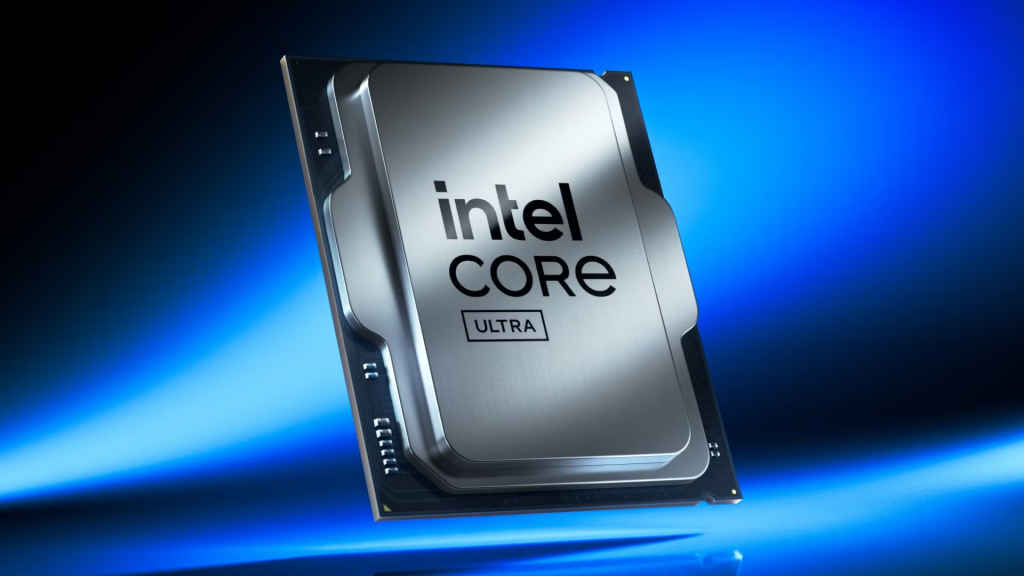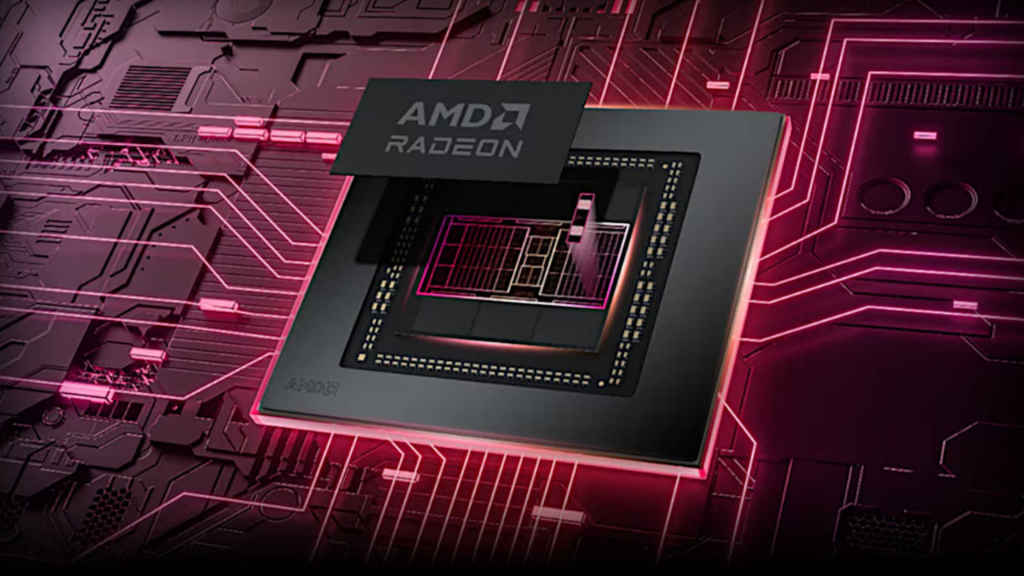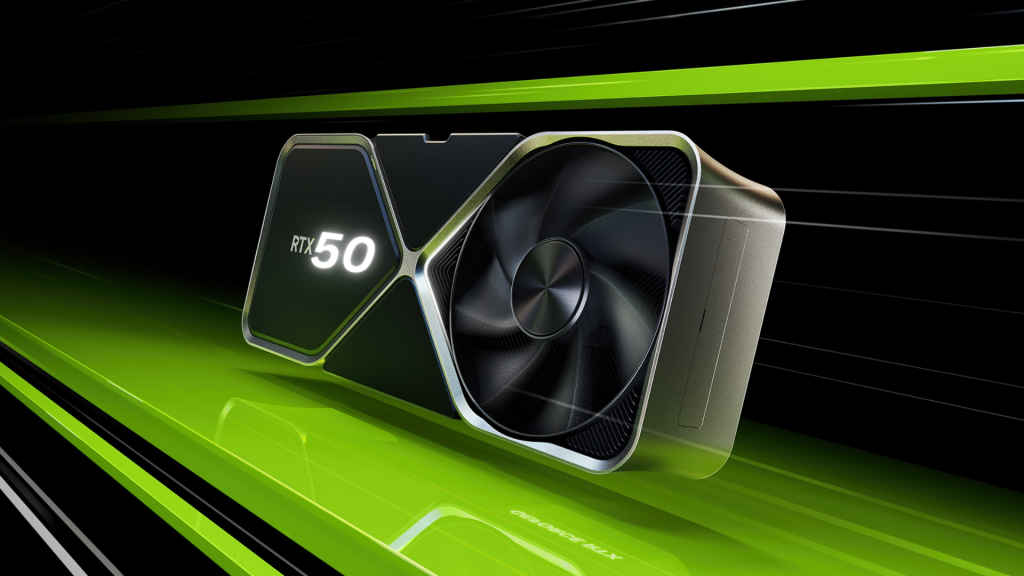CES 2025: Intel, AMD, and NVIDIA gear up to shape computing’s next big leap

CES has always been where tech giants show off their best and brightest, and this year, it’s shaping up to be a battle royale among the big three – Intel, AMD, and NVIDIA. At CES 2025, these companies are pulling out all the stops to showcase innovations that could redefine how we game, work, and interact with technology. From new processors and GPUs to portable gaming solutions, here’s what to expect from the titans of computing.
Intel: Can Team Blue make a comeback?
Intel’s position has been a little shaky in recent years, and their CES 2025 keynote couldn’t come at a more crucial time. With a change in leadership and fierce competition snapping at its heels, Intel is bringing its Arrow Lake-H and HX series processors to the table.

These chips are rumoured to pack more cores, hit higher clock speeds, and boast improved power efficiency. They’re targeted at high-performance laptops for gamers and creators – think video editing, AAA gaming, and multitasking without breaking a sweat. Intel’s also planning to roll out some new non-K desktop CPUs, which are essentially the everyday workhorses for casual users who don’t need all the fancy overclocking features.
The big question? Can Intel’s new processors compete with AMD’s well-established Ryzen chips? They’re banking on the gaming laptop market to help them claw back some relevance, but it’s clear that the road ahead won’t be easy.
Also Read: From AI agents to humanoid robots: Top AI trends for 2025
AMD: Playing the innovation game
AMD has been on a winning streak lately, and it doesn’t look like they’re slowing down anytime soon. At their CES keynote, AMD is set to unveil their next-gen RDNA 4 GPUs, which are already being hyped as game-changers in terms of both performance and efficiency. These cards are expected to deliver a huge boost in graphics quality, making them a dream for gamers and creators alike.

But AMD’s not just about GPUs. Their 3D V-Cache tech, which supercharges gaming performance by stacking memory vertically, is also rumoured to expand into their higher-end CPUs. This move could solidify AMD’s reputation as the go-to brand for gamers who want top-tier performance without blowing their budget.
And here’s the wildcard: AMD might be getting into handheld gaming with the Ryzen Z2 chip. Imagine Steam Deck-level performance but with AMD’s latest tech under the hood. If they pull this off, it could open up a whole new segment of portable gaming devices that combine power with portability.
Also Read: What does the evolution of AI so far tell us about its future?
NVIDIA: Still the king of graphics?
When it comes to CES hype, NVIDIA rarely disappoints. This year, all eyes are on their new RTX 50-series GPUs, with the RTX 5080 and the flagship RTX 5090 leading the charge.
Leaks suggest the RTX 5090 will come with a jaw-dropping 32GB of GDDR7 memory, which is a big jump from the previous generation. These cards are expected to double down on AI-driven features like DLSS (Deep Learning Super Sampling), which basically uses AI to render games at higher resolutions without melting your GPU.

For gamers, this could mean buttery-smooth 8K gaming. For professionals, these GPUs will be beasts for rendering, video editing, and even AI training tasks. The only potential downside? Pricing. NVIDIA has a reputation for delivering top-notch tech, but it doesn’t always come cheap. And with inflation and supply chain issues still a thing, affordability could be a hurdle.
What’s the big picture?
The showdown at CES 2025 isn’t just about who has the flashiest hardware – it’s about where the computing industry is heading. Intel seems laser-focused on laptops and portability, AMD is doubling down on gaming and GPUs, and NVIDIA is pushing the boundaries of what’s possible in graphics and AI. What’s interesting is how these companies are starting to overlap in new ways. AMD’s rumoured Ryzen Z2 chip shows they’re looking at portable gaming, a space NVIDIA has dominated with its Switch-inspired SoCs. Meanwhile, Intel’s stepping up its mobile processor game, targeting areas where AMD usually thrives.
For consumers, this convergence is a win. Whether you’re a hardcore gamer, a creative professional, or just someone who wants a laptop that doesn’t choke on Chrome tabs, there’s something exciting on the horizon.
Why it matters to you?
Here’s the deal: CES isn’t just about shiny new toys – it’s about trends. The innovations showcased here will set the tone for what your next laptop, GPU, or gaming device will look like.
If you’re a gamer, AMD’s RDNA 4 and NVIDIA’s RTX 50-series should have you pumped. These GPUs promise to make ultra-high-resolution gaming the new norm. For professionals, Intel’s push into high-performance laptops could mean better tools for demanding tasks like 3D modelling or video editing. And if you’re someone who loves portability, keep an eye on AMD’s handheld gaming chips. The idea of AAA gaming on a portable device that doesn’t compromise on performance is seriously exciting.
Also Read: How recycling gold from e-waste can transform sustainable chemistry?
What could go wrong?
Of course, not everything at CES is sunshine and rainbows. One of the big concerns is pricing. NVIDIA’s RTX cards are already known for their premium price tags, and with rumours of even higher production costs for GDDR7 memory, the RTX 5090 could end up being more aspirational than accessible. AMD’s handheld gaming chip also raises questions about battery life. Packing that much power into a small device is no easy feat, and the last thing gamers want is to be tethered to a charger mid-session.
And then there’s Intel. While the Arrow Lake series sounds impressive, the company’s recent struggles mean it has a lot to prove. If these chips don’t deliver, it could be another tough year for the once-dominant chipmaker.
Satvik Pandey
Satvik Pandey, is a self-professed Steve Jobs (not Apple) fanboy, a science & tech writer, and a sports addict. At Digit, he works as a Deputy Features Editor, and manages the daily functioning of the magazine. He also reviews audio-products (speakers, headphones, soundbars, etc.), smartwatches, projectors, and everything else that he can get his hands on. A media and communications graduate, Satvik is also an avid shutterbug, and when he's not working or gaming, he can be found fiddling with any camera he can get his hands on and helping produce videos – which means he spends an awful amount of time in our studio. His game of choice is Counter-Strike, and he's still attempting to turn pro. He can talk your ear off about the game, and we'd strongly advise you to steer clear of the topic unless you too are a CS junkie. View Full Profile




